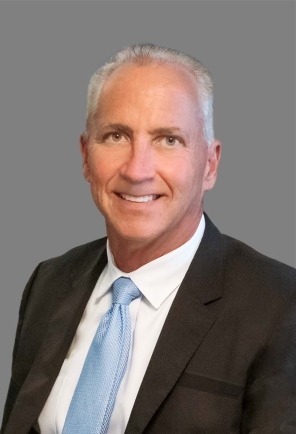Leading Your HR Function Through the Next Phase of Digital Transformation
If you have stepped into an airport lately, you may have run into something magical – a piano placed somewhere in the center. As passengers rush from gate to gate, a performer arrives, sits at the piano and starts playing. Suddenly, everyone stops what they are doing and pauses to listen to the beautiful performance unfolding in front of them. They slow down and reflect. The performer stands up to bow and the audience applauds. Life then goes on.
There is a symphony of HRIS and HR software happening that makes us pause and reflect: are you a performer or an observer of this seismic shift? More than ever, technology is changing the world of HR, enabling an organization’s transformation from labored, error-prone HR processes to more agile, productive and engaged HR systems.
Though these fundamental changes in HR are all enabled by digital tools, it would be a mistake to confuse technology with process. As Thomas Edison said, “vision without execution is hallucination.” These shifts, therefore, are a result of the evolving nature of work as well as employees’ and managements’ expectations from HR.
A Career or a Job?
Employees who joined the workforce since the Great Recession do not have the same expectations as previous generations. They are under the shadow of the gig economy, freelancing, flexible work arrangements, virtual teams and same-day pay. According to Forbes, in the next decade, 50% of U.S. workers will be gig workers. As an HR leader, have you prepared your workforce for this impending evolution? Can your current systems track such workers? Imagine a scenario where you wake up one day to an email from a CEO asking who your future leaders are, only to find an empty cupboard.
Run This Play
Establish a clear understanding of what your workforce profile looks like. Determine the kinds of employees you want to recruit and what attributes you desire. As an HR leader, you must manage both the impact to your organization and the needs of employees. Do you have the ability to give them what they seek and still stay anchored to your Executive team’s missions, vision and objectives? Consider deploying HR software and tools that allow employees to explore different roles within your company, almost like a portfolio of projects. Give them the ability to market and network internally. Encourage risk-taking and entrepreneurship. Foster an environment where innovation is encouraged. All of this requires close alignment with leadership, the ability to advocate and an understanding of what the emerging HR tools can do for you. Curate and design a consistent employee experience, regardless of the “type” of employee.
What do employees want?
There’s a significant power shift occurring in today’s workplace from the employer to the employee. With low unemployment rates and the “world as their oyster,” employers are in fierce competition for talent. HR organizations must double down on positioning themselves as employers of choice. As such, there has never been a more vital time for HR professionals to drive change and create an experience that meets the expectations of the modern employee.
Unfortunately, many HR teams today are still too busy keeping the lights on and focusing on operational and transactional tasks such as administration and payroll. Yes – you cannot run a company effectively without core HR and payroll. But that is foundational. The continuing digitization of business processes enables their automation and frees capacity so HR can focus on being less transactional and more value driven. The expectations from HR are moving faster than their ability to deliver, and now more than ever is there emphasis on employee engagement, experience and voice.
Run This Play
There are two dimensions to consider: what do you expect from employees and what do they expect from the organization?
Look at team work. How can you foster cross-functional opportunities for collaboration? Reconsider the nature of assignments in which all workers have two roles – their individual job and their team job. How can you bring together talented people into teams and bring the best of their capabilities to the forefront? How can you invest in your people by helping them to develop leadership, communication and presentation skills? In the past, large ERP deployments often were training grounds for future leaders. Today, those projects have become increasingly rare as we’ve taken a best-of-breed approach to technology, even though collaboration, system thinking and “learning to learn” matter more than ever.
In terms of what your management team expects from HR, understand the competitive environment. HR must transition from “nuts and bolts” to vanguards of experience. How can you encourage employees to bring out the best of themselves to work? Have you thought about wellbeing? Have you captured the core competencies that enable success in your company? If your CEO asks for a digital transformation strategy, how will that encompass HR’s perspective on artificial intelligence and bots? Can HR help automate “the typical” and focus on the “transformative?” Gone are the days when HR could simply call IT to resolve anything technology related, for they must now know the basics of IT. HR must also modernize their benefits offerings to align with employee needs (yes, this includes pet insurance).
The workplace of the future will be vastly different than the one we are in today. With the onslaught of new HR tools (virtualization, access to computing power, social media) and changes in macro-economic trends (breakdown of traditional power structures, distrust of authority, constant social sharing), the HR department must be ready to finance technology that embraces disruption, breaks down silos and champions idea-sharing within your organization. Only then can you harness a culture in which data insights influence business decisions. Only then does the real symphony begin.






